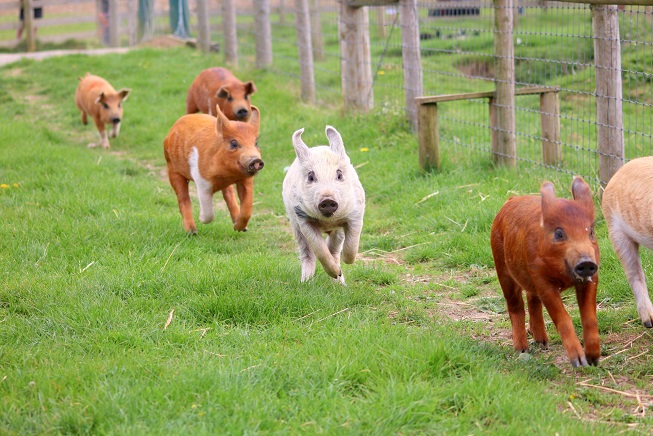A recent report published by the European Commission highlighted the need for a comprehensive EU animal welfare label.
When the Commission adopted the Farm to Fork Strategy in 2020, it committed to revise the current EU animal welfare legislation by 2023 and to consider options for labelling. The report summarizes the results in a public consultation on shortcomings in the legislation and aims at improving four EU directives on protecting animals kept for farming, during transport and at slaughter.
The consultation (October 2021 – January 2022) targeted any group directly affected by the legislation, such as farmers and other food business operators, members of the public, and animal welfare NGO’s and consumer organisations. A total of about 60,000 respondents have contributed to the consultation. Of these, the majority (92%) were EU citizens.
All EU member states are represented among the contributions with the majority of respondents from Germany (23%), France (15%), Poland (10%), Italy (8%) Sweden (7%), Spain (6%) and Denmark (5%).
Overall, the consultation confirms that EU citizens see farm animal welfare as a priority. Animal welfare organisation have long called for many of the legislation changes that a majority of respondents favours. “These results are very welcome, of course, but are no great surprise”, commented Reineke Hameleers, Chief Executive of Eurogroup for Animals.
As regards slaughter, respondents were asked to what degree they agreed to that electrical water bath stunning for poultry and carbon dioxide (CO2) at high concentration as a stunning method for pigs should be prohibited (after a transition period). Vast majorities of the public (90 % or more) are against these methods while only half of the business organisations believed they should be forbidden.
Following the success of the End the Cage Age European Citizens’ Initiative, a vast majority of respondents expressed that the maximum transitional time allowed for the phasing out of the use of cages should be 5 years for all animals concerned. Again, business organisation differed and almost half of them expressed that the maximum time allowed should be 15 years.
Another crucial issue is transport of live animals. A vast majority of respondents were in favour of introducing maximum journey times to better) protect animals and considered that the export of live animals to non-EU countries for slaughter should be prohibited. Again, business organisations are less supportive of such measures.
EU-wide animal welfare labelling
On the issue of animal welfare labelling, respondents were asked if a label should be applied to all products of animal origin on the market.
All categories of respondents believed that an EU animal welfare label would be a useful tool for informing consumers on the conditions in which animals are treated. A vast majority (83%) of all respondents expressed that the label should be based on broader animal welfare criteria, including requirements on animal transport and slaughter.
The Brussels Times asked the European Commission and animal welfare NGOs if they already have a concrete proposal about how a EU animal welfare label should look like. A spokesperson of the Commission replied that the assessment of the contributions to the public consultation have not yet been finalized and that no decision has been taken yet.
Eurogroup for Animals referred to its report from 2020 on Animal Welfare and Food Labelling. According to the report, there are a dozen labelling schemes pertaining to farm animal welfare in at least six member states.
The NGO supports the adoption of a “Method-of-Production + label,” which would combine method-of-production marking with simple information on animal welfare, based on a core set of animal welfare indicators. To ensure full transparency to consumers, the scope of an animal welfare-related label should further cover the entire supply chain: breeding, fattening, transport, and slaughter.
Compassion in World Farming replied that it has been calling for years for a method of production labelling on animal products that shows how animals are kept. At least 70% of the nine billion terrestrial farmed animals slaughtered in the EU each year are factory farmed but not labelled as such. Most pigs and poultry are kept in industrial, highly polluting systems with very poor welfare.
They call for a mandatory method of production labelling on all animals and fish products, covering breeding, fattening, transport, and slaughter to be applied to all animal and fish products EU-wide. In this way consumers are informed and can play their part to improve the welfare of farmed animals and fish. Furthermore, the wording on method of production labelling should be objective.
M. Apelblat
The Brussels Times

